Staying in a traditional machiya house offers a rare opportunity to step back in time and experience the daily lives of Japan’s merchants and artisans from centuries past. These beautifully crafted wooden townhouses reflect the skill and artistry of traditional builders, designed to be both durable and harmonious with their surroundings. Today, machiya are celebrated as cultural treasures, embodying Japan’s architectural heritage and timeless aesthetic. Preserving and restoring them is vital to maintaining the historic character of cities like Kyoto, Kanazawa, and Takayama.
If you want to experience the charm of Old Japan, a stay in a machiya is an unforgettable way to connect with the country’s living history.
What Is a Machiya?
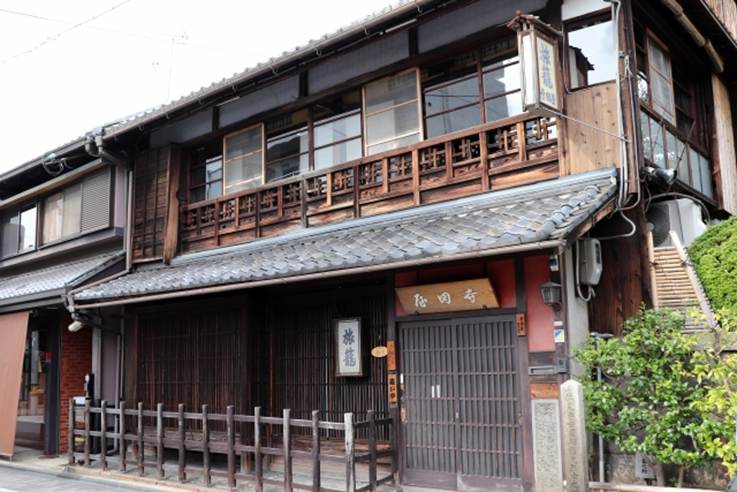
Machiya are traditional Japanese wooden townhouses that once served as both homes and workplaces for merchants and artisans in Japan’s historical cities. Characterized by their narrow yet deep layouts, wooden lattice facades, and natural ventilation, these buildings were designed to harmonize with the environment, supporting daily life and commerce side by side.
Beyond their architectural beauty, machiya embody a community-oriented way of living and offer a window into Japan’s urban life of past centuries. Once endangered by modernization, they are now being lovingly restored and repurposed as guesthouses, cafes, and cultural spaces, ensuring that this symbol of Old Japan continues to thrive in cities like Kyoto, Kanazawa, and Takayama.
The Experience of Staying in a Machiya
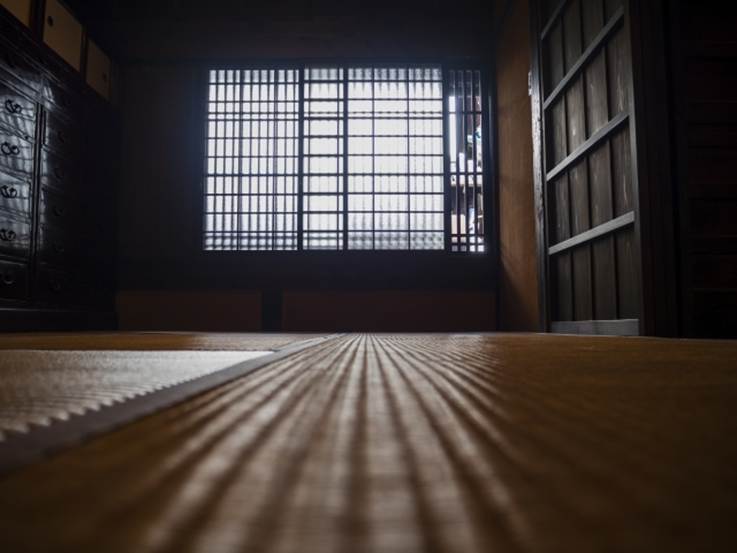
Staying in a traditional Japanese machiya house offers an immersive way to experience Japan’s cultural heritage while enjoying modern comfort. These beautifully restored wooden townhouses allow you to live like a local in historic neighborhoods such as Kyoto’s Gion or Kanazawa’s teahouse districts, surrounded by the charm of “Old Japan.”
Inside, guests can appreciate authentic design elements like tatami mat rooms, shoji sliding doors, and exposed wooden beams, all preserved to maintain the spirit of traditional craftsmanship. At the same time, modern amenities—such as fully equipped kitchens, laundry facilities, and concierge services—ensure a comfortable stay.
Admire the elegant wooden façades and latticed windows that blend seamlessly into the streetscape, offering a glimpse of Japan’s timeless beauty and a rare opportunity to connect with the country’s living history.
Top Destinations for Machiya Stays
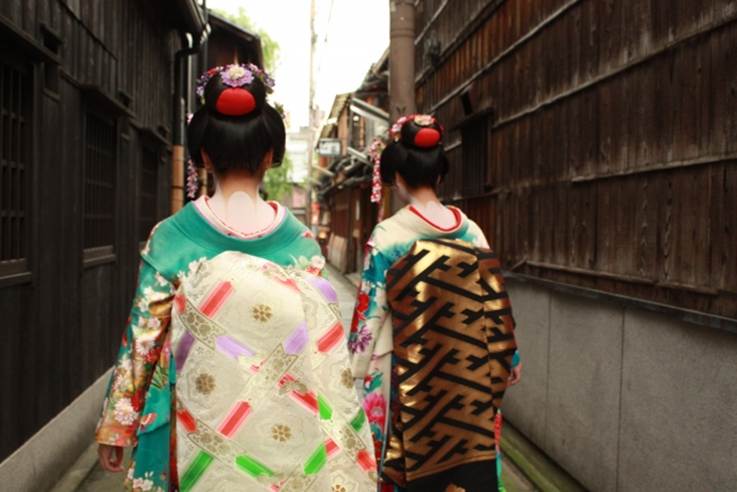
The top destinations for machiya stays are known for their traditional features, modern comforts, immersive experiences and services, and historical atmosphere. Kyoto offers historic districts like Gion, while Kanazawa provides access to samurai and geisha districts, and Takayama is a charming former castle town nestled in the Japanese Alps.
Kyoto: Preserved Machiya in Gion, Higashiyama, and Nishijin
Kyoto is the heart of machiya culture, with countless restored townhouses in Gion, Higashiyama, and Nishijin transformed into elegant accommodations, restaurants, and artisan shops.
Walk along Hanamikoji Street in Gion to see classic machiya housing, traditional teahouses, and fine dining spots, or explore Ninen-zaka and Sannen-zaka in Higashiyama for a scenic stroll among preserved townhouses and temples like Kiyomizu-dera. In Nishijin, historic sites such as Nishijin Tondaya offer insight into Kyoto’s textile and cultural traditions.
Things to do in Kyoto:
- Visit attractions like Kenninji Temple and Yasaka Shrine.
- Explore historical and cultural sites, including Kiyomizu-dera and the Sanjusangendo Temple.
- Visit Nishijin Tondaya to learn about the customs of Kyoto’s women and see a restored, historically significant machiya.
Kanazawa: Artisan Districts and Teahouse Streets
Kanazawa’s machiya are beautifully preserved in its famous chaya (teahouse) districts—Higashi, Nishi, and Kazue-machi. These areas, once lively entertainment quarters where geisha performed for merchants, now feature artisan workshops, craft boutiques, and cafés set within elegant wooden townhouses. The combination of traditional architecture, lattice windows, and atmospheric streetscapes makes Kanazawa one of Japan’s best destinations for cultural immersion.
Things to do in Kanazawa:
- Visit preserved teahouses like the Ochaya Shima.
- Explore local artisan workshops.
- Enjoy coffee or traditional sweets in a machiya café.
- Purchase items from traditional industries like gold leaf, Kutani porcelain, and Kaga-Yuzen silk dyeing.
Further reading: 10 of the Best Desserts in Tokyo
Takayama: Edo-Period Streets and Snow-Country Charm
In Takayama, you can wander through Sanmachi Suji, a district lined with Edo-period machiya built by master craftsmen. These two-story wooden townhouses reflect both merchant-class heritage and clever adaptations to Takayama’s snowy climate, with steeply pitched roofs and deep eaves. Staying in a machiya here offers a cozy glimpse into Japan’s rural past, surrounded by mountain scenery and timeless charm.
Things to do in Takayama:
- Walk through the streets where the water flows through the canals on either side of the lanes.
- Sample local sake at one of the many breweries located in the old town.
- See historic buildings like the Yoshijima Heritage House and the Kusakabe Folk Crafts Museum.
- Find local crafts like handmade Sarubobo dolls, Hida wooden chopsticks, and traditional ceramics in the craft stores.
Book the experience: Taste a variety of sakes with a sake sommelier.
Kurashiki: Canal-side machiya turned boutique lodgings
In Kurashiki’s Bikan Historical Quarter, traditional canal-side machiya have been restored into boutique inns that blend historic architecture with modern comfort. Once merchant homes and warehouses, these lodgings overlook picturesque waterways lined with willow trees and stone bridges. Many features include private gardens and tatami rooms, offering a tranquil retreat that captures the essence of Old Japan.
Things to do in Kurashiki:
- Visit the Ohara Museum of Art.
- Explore the Kurashiki Ivy Square.
- Browse local craft stores.
- Enjoy coffee or a meal at one of the many charming restaurants and cafes.
Further reading: 12 Unique and Unusual Things to Do in Japan You’ve Never Heard Of
What to Expect During Your Stay
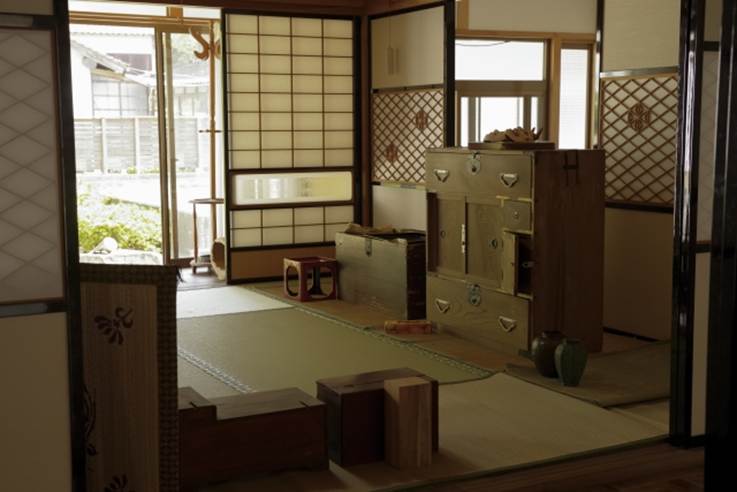
Staying in a traditional Japanese machiya house combines historic charm with modern comfort. Expect classic features like tatami floors, shoji screens, and small inner gardens, alongside conveniences such as Wi-Fi, air conditioning, and updated bathrooms. Some machiya even welcome guests with matcha tea or offer cultural experiences like tea ceremonies and kimono dressing.
While you’ll enjoy the privacy and freedom of a vacation rental, remember that most machiya are nestled in quiet local neighborhoods—so being considerate of noise helps preserve the peaceful, authentic atmosphere that makes these stays unforgettable.
Considerations:
- Unlike a traditional ryokan, a machiya functions more like a vacation rental, giving you the freedom to come and go as you please.
- While there’s often a front desk or contact person for assistance, you won’t have the constant interaction with staff that you would in a ryokan.
- Due to their traditional wooden construction, noise can travel easily. It’s important to be respectful of your neighbors in the surrounding residential areas.
Tips for Booking and Enjoying a Machiya Stay
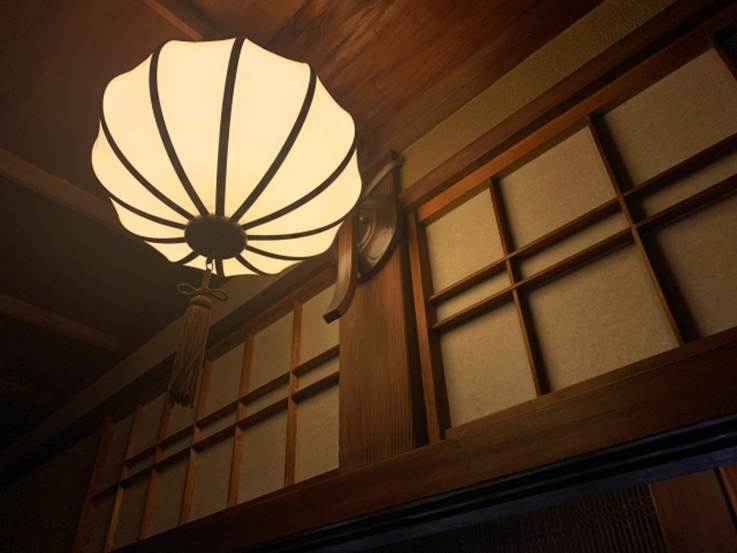
When booking a machiya stay in Japan, it’s best to reserve early—especially in popular cities like Kyoto or Kanazawa. Some properties may require check-in at a separate reception office, so be sure to confirm details in advance.
Check what amenities are included, as each machiya is unique, and plan your transportation—many are located in quiet neighborhoods a short walk from train stations or bus stops. Take advantage of guest services or concierge support for local dining tips and cultural experiences.
Above all, take time to appreciate the architecture and serene atmosphere—staying in a machiya is not just accommodation, but a chance to live and breathe Japan’s history.
How to Find Authentic Restorations
To enjoy a truly authentic machiya stay in Japan, look for properties that preserve original design features such as fusuma (sliding doors), tatami flooring, and a tsuboniwa courtyard garden. The best restorations maintain the home’s traditional character while subtly integrating modern comforts like heating, Wi-Fi, and updated bathrooms.
Be cautious of modern reproductions that mimic machiya style but lack historical detail or have been fully renovated into standard hotels. Reading guest reviews and choosing listings that highlight heritage preservation and craftsmanship can help ensure your stay feels genuinely traditional.
Key features to look for:
- References to preserved wooden beams, lattice work, and earthen walls.
- Features like fusuma (opaque sliding partitions), shoji screens (translucent paper screens), and tatami flooring.
- A genkan—a crucial part of a traditional Japanese home where shoes are removed.
- Authentic Kyoto machiya often feature small, enclosed courtyard gardens known as a Tsuboniwa.
Machiya Stay Etiquette Tips
During your stay in a traditional machiya townhouse, following proper etiquette helps preserve both the home and the neighborhood’s tranquility.
- Remove shoes before entering to protect the tatami flooring.
- Keep noise to a minimum, especially at night, as machiya walls are thin and homes are often in quiet residential areas.
- Handle sliding doors and furnishings gently, as they are part of the home’s historic craftsmanship.
Respecting these small customs enhances your experience and supports the ongoing preservation of Japan’s cultural heritage.
Why Machiya Stays Are Worth It
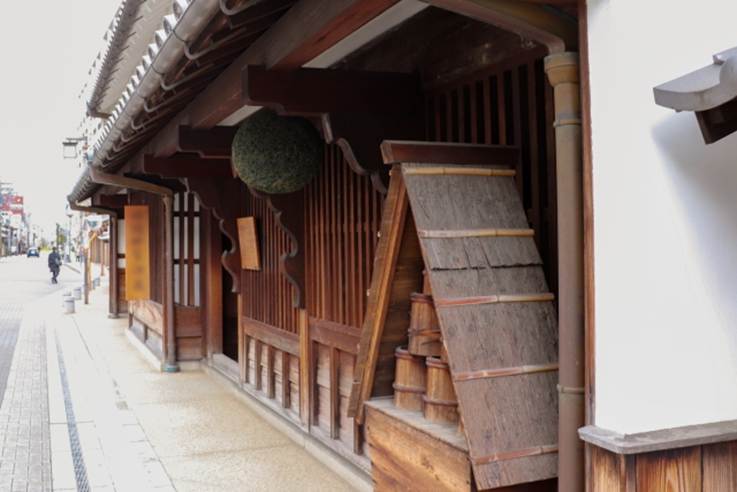
Choosing to stay in a traditional Japanese machiya house offers more than just a place to sleep—it’s an opportunity to experience Japan’s living history. Machiya stays blend centuries-old craftsmanship with modern comforts, creating a warm, inviting space that reflects the essence of Japanese culture and hospitality.
From the scent of tatami mats to the view of a small inner garden, every detail connects you to Japan’s rich past—while modern amenities like Wi-Fi and updated facilities ensure a comfortable stay.
A machiya stay isn’t just accommodation—it’s a cultural experience that supports the preservation of Japan’s architectural heritage.

Staying in a machiya is one of the most meaningful ways to experience Old Japan. Each visit brings you closer to the country’s artistry, traditions, and sense of harmony that continue to shape modern life.
Whether you’re wandering Kyoto’s quiet alleys, sipping tea in Kanazawa, or relaxing by Kurashiki’s canal, a machiya stay offers a timeless connection between past and present. Immerse yourself in this unique blend of heritage and hospitality, and discover a Japan that still breathes through its historic wooden walls.
Read on: 10 Winter Activities to Do in Japan
